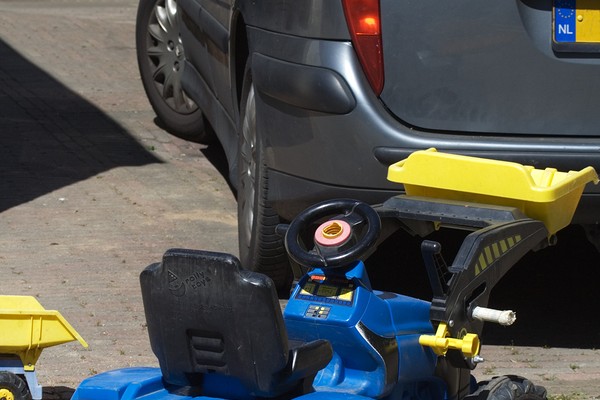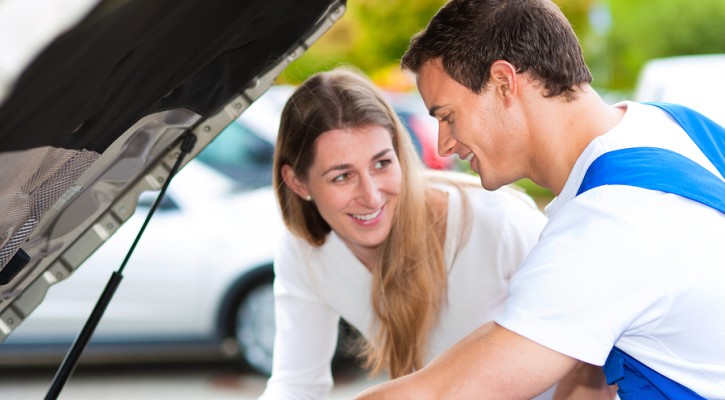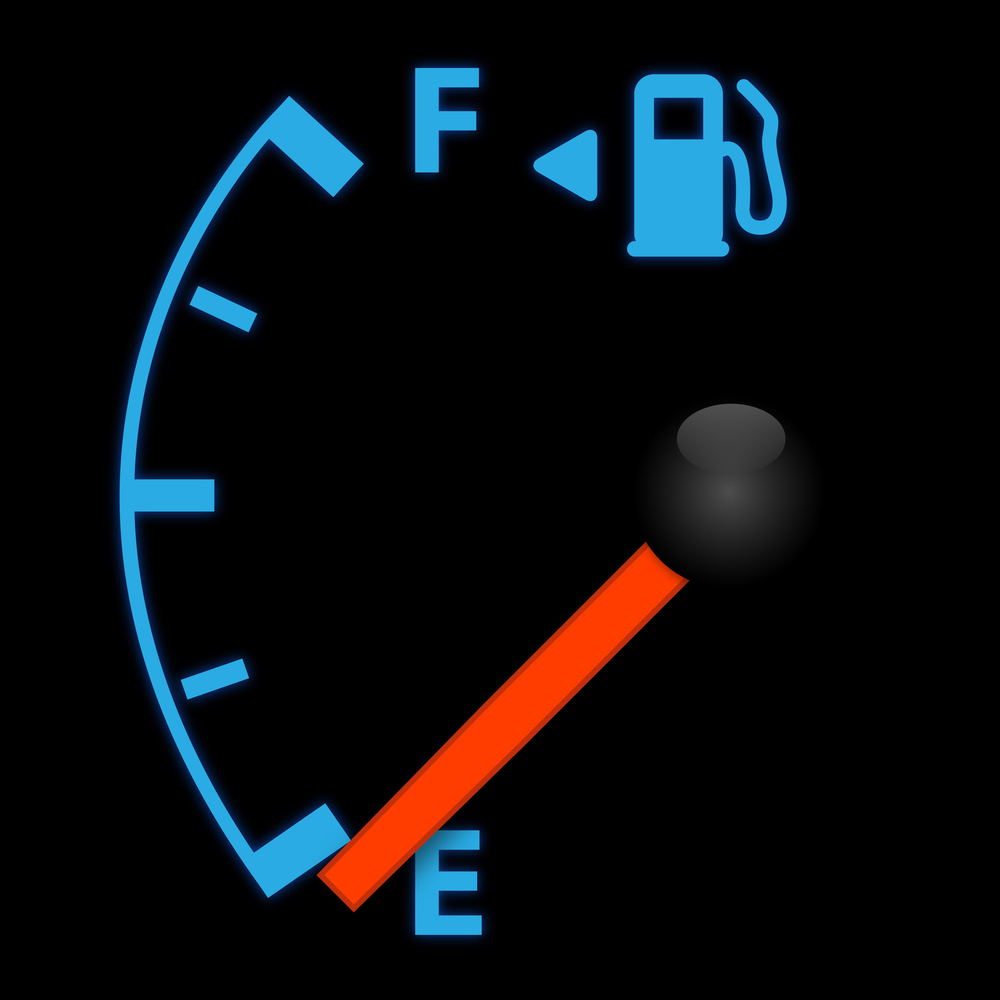
Springtime Car Care
March 21, 2014
Spring is seen as the season of renewal. So, why not go with the seasonal flow and check your car for needed renewals, such as tires and filters? Get a detailed spring maintenance checklist from CBS News right here:
http://www.cbsnews.com/news/car-care-spring-maintenance-check-list/

Distracted Driving and Hands-Free Phones
March 20, 2014
Cell phones have come a long way in our lifetime. They have transformed from a simple communication device into something far more complicated, and far more dangerous when combined with a car.
Hands-free solutions don’t necessarily solve the problem, either. There are speaker phones, wired headsets, Bluetooth connections, FM transmitters and full in-car integration systems now available. However, studies show that hands-free cell phone users are still more likely to become distracted while driving. No, it’s best to just put the phone away and enjoy the drive.

Secrets from the Shop
March 20, 2014
This comprehensive list covers just about everything you need to know – that your mechanic won’t tell you! Make sure you buff up on this list before going in for your next visit:
http://www.middlecountryautomotive.com/article.php?id=26_Things_Your_Car_Mechanic_Is_Not_Telling_You

Backup Cameras Not 100% Effective
March 20, 2014
A report released last week showed surprising results when testing backup cameras and parking sensors. In the experiment, 56% of drivers with backup cameras hit a child-sized object that was placed behind their cars, while parking sensors helped just 1 out of 16 drivers avoid a crash. Drivers who had both the camera and the sensors were actually more likely to hit the object than those with a backup camera only, most likely due to a sense of false security. However, the all of the drivers without technology hit the object.
This study shows that technology is improving safety, although there is still a long way to go. An estimated 292 people are killed and 18,000 injured each year by drivers backing up, usually young children and elderly in driveways and parking lots.
Hypermiling 101: Ten Tips for Better Gas Mileage
March 20, 2014
You may have seen hypermilers before. They’re those pesky people that drive slow, coast up to stop lights at turtle-speed, and are constantly cutting their engines in fast food drive-through’s. However, if we only knew how much gas they were saving then everyone would be driving this way. In fact, some hypermilers are routinely getting 40 – 50 mpg in old cars that have mpg ratings in the 20’s. That’s nearly twice the gas mileage! So, let’s take just 10 tips from these ingenious hypermilers and see what we can get:
1. Easy on the accelerator. Though it may seem obvious, most drivers overlook this simple gas-saving trick. Avoid quick acceleration, drive under 60 mph, coast down hills, slow down and avoid the brakes around turns, and always release the gas early when approaching stop signs and stop lights for a slow-rolling, gas-saving stop.
2. Lighten the Load. Excess junk in the trunk can affect gas mileage, especially when the cumulative weight exceeds 100 lbs. Unused roof racks and bike racks can take their toll as well, adding both weight and wind resistance.
3. Tune it up. A simple tune up is great for gas mileage. In fact, it could raise your fuel economy by as much as 10%. For oil changes, using a lighter viscosity or multigrade oil will also improve efficiency. And, installing an engine-block heater will give you more efficient starts.
4. Pump up the tires. The more pressure in your tires, the better the gas mileage. So, always fill your tires up to the maximum pressure listed on the sidewall.
5. Avoid the Dreaded Idle. Long lines at gas stations and fast food stops force you to idle, at which point you are getting 0 mpg. If you’re stopping for more than 30 seconds, then you might as well just turn the engine off. Better yet, plan your trips accordingly and avoid those pitfalls altogether.
6. Go with the flow. A little lesson in physics here: all variables being equal, it is more efficient to drive at a constant speed within the flow of traffic than to drive at a constant speed in isolation. Dubbed the “corridor effect”, this aerodynamic oddity occurs when the flow of traffic generates a localized wind current.
7. Mind the wind. Strong winds can be a big factor in fuel efficiency. If possible, plan your trips to avoid strong headwinds and take advantage of strong tail winds. If crosswinds are an issue, look for a route with wind barriers such as trees, cliffs and infrastructure.
8. Drive hot. Driving in warmer weather improves gas mileage for multiple reasons. For one, a cold engine is less efficient. Also, cold tires and a cold drivetrain experience more rolling and mechanical resistance.
9. Fuel up early. Gasoline has physical properties that allow it to contract and expand depending on temperature. Pumping early in the morning could get you more gasoline per gallon, because overnight the gas becomes colder and more dense.
10. Get the Tech. Today’s technology gives us instant feedback on all our hypermiling efforts. There are plenty of companies that sell fuel-consumption gauges, as well as smartphone apps that can retrieve data from the black box on your car.

Our Cars Are Spying on Us?
March 17, 2014
This article from The Detroit News lets consumers in on all the ways our cars are spying on us, where the data is being sent and how it is being used. So much for that first-time-driver euphoria of freedom on the open road.

In-Your-Face Safety Tech
March 17, 2014
Volvo is testing Sci-Fi style safety features with a hi-tech infrared system that can pick up its driver’s position and eye movements. The idea is to prevent accidents by recognizing when the driver is tired or not paying attention, as well as implementing other features such as automatic mirror, seat, and headlight adjustments for better visibility. Toshiba is also testing facial-recognition software with a program that can detect drowsiness and distraction along with convenient features such as tuning the radio with the blink of an eye. Meanwhile, scientists in Switzerland are developing technology that can detect emotions such as road rage and other mental conditions that would distract the driver.
It is still unclear how this data will be used. For instance, your smart car may act as a sort of backseat driver, giving suggestions such as “keep your eyes on the road”, or it could quietly switch to an automatic mode when it recognizes road rage in your facial expressions. In any case, automakers are embracing future technologies and their role in making us all safer drivers.

DIY Car Repairs
March 17, 2014
We can all benefit from a good lesson in Do-It-Yourself car repairs. While some of us are blessed with mechanically-inclined family members, the majority of drivers aren’t so lucky. However, we now live in the age of the internet, on the crest of the DIY wave, and there are always new articles being published that can be a great resource for those of us learning the tricks of the trade.
One of the best ways to save money on car repairs is to learn how to perform most of your vehicle’s routine maintenance. This simple article from bargainbabe.com covers the basics of car maintenance, including how to change your car’s oil, air filter, spark plugs, brake pads, and even where to get cheap tools. This article from lifehacker is also a great source for beginners. It covers a few common and relatively-easy car repairs, while also guiding us newbies through the basics of engine knowledge, including learning resources, required tools and even a vocabulary list.
However, keep in mind that not all cars are created equal. Some engines are nice and easy to fix, while others require the skills of a contortionist just to change the oil filter. Also, if you can’t do the job right, then you probably shouldn’t do it all. Sometimes there just isn’t an easy fix, sometimes you will have to bite the bullet and take the vehicle to the mechanic to prevent even more costly damage.

“Ice Missile Law” In Effect
March 16, 2014
The “Ice Missile” is a common phenomenon in cold weather states. Ice and snow builds up on cars and trucks, then falls off while driving down the highway, resulting in a quick panic as drivers attempt to avoid getting struck. Earlier this year, Connecticut passed a law to go after these “Ice Missile” offenders, which requires people to remove all snow and ice from their vehicles before hitting the road. This can be especially difficult for truck drivers, however manufacturers are now producing tools to help remove ice from hard to reach areas, including the roof. Read the full story here:
http://www.usatoday.com/story/news/nation/2014/01/18/connecticuts-ice-missile-law/4581121/
Car Ownership Overrated
March 16, 2014
America’s obsession with car ownership has reached its climax. The old glory days, the days when a car was a pivotal piece of the American Dream, are long gone. The cost of living in the modern world leaves little room for vehicle purchases, much less insurance, registration, inspection, maintenance, gas and parking money. However, the rapidly-increasing rideshare industry is giving new generation drivers all the freedoms of the open road, without the headaches of these costly hassles.
Today’s city-dwellers have a growing selection of driving options available. Zipcar, for example, is now offered in over 100 US cities, plus Toronto, Vancouver and London. Their incredibly smart business has grown quite a bit over the years, with convenient mobile access, coveted downtown parking locations, and a large enough fleet to keep customers extremely satisfied. In San Francisco, the City CarShare program provides 330 cars at 180 Bay Area sites that can be reserved for just $5.50 per hour. Meanwhile, RelayRides has a $2 per hour rate, and is available in both San Francisco and Boston. However, the fleet is stretched rather thin and careful planning is required. Other rideshare programs are popping up around the states, such as erideshare.com, ridebuzz.org, ridester.com, and carpoolworld.com, though these services are operating with a more Wild West-type style. People post rides offered, as well as rides wanted, and the vehicle you end up with could be anything from a brand new VW to a cologne-soaked El Camino.
This evolving attitude towards car ownership is sure to support the expansion of such services in the future, and could usher in a new era of transportation culture – a new American Dream where everyone can afford to drive a car, where parking spaces are always plentiful, and where we can finally put a dent in the environmental problems caused by our aging obsession with gas-guzzling vehicles.

